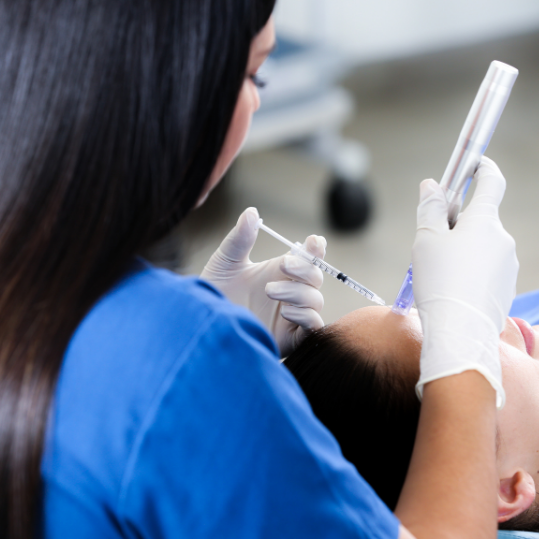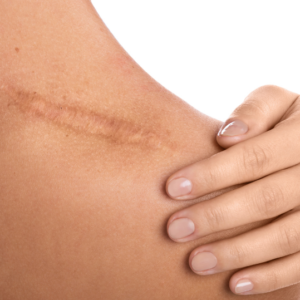Earlobe keloids can negatively impact your appearance. At Epiderma, you can get it removed safely in the hands of expert dermatologists.

Keloid Treatment in Jayanagar | Epiderma Clinic. Keloid, the thick scar (skin growth) forms over a period of 3-12 months following wound healing. It’s an exuberant healing response to any deep trauma. The skin prone to keloid are cheeks, ear lobe, shoulders, upper arms and chest. It appears hard, firm, multiple in nature though not cancerous.

Keloid Treatment in Jayanagar. At Epiderma Clinic, you can be removed your keloid excision safely in the hands of our expert dermatologists. The main risk factor for keloid is dark pigmented skin, commonly seen in ethnic race of Africa, Asia and Hispanics apart from family history. The triggering factor can be ear lobe piercing, chicken pox, acne, biopsy procedure or post procedure / surgical healing. Keloids are treated with surgical and non-surgical procedure.
Surgical excision of keloid involves complete removal of keloid and advised for other supportive treatments to prevent its recurrence. The procedure is done under the impact of anaesthesia followed by pressure dressing. The supporting treatments like corticosteroid injection & silicone sheeting are advised to check on recurrence.
Laser therapy is considered for smaller size keloids specially in acne cases. It reduces the size and fades the color of keloid.
Cryotherapy freezes the keloid from inside and helps in reducing the size and hardness of keloid. It is considered to be effective for smaller size keloids. Multiple sessions tend to provide higher success rates.
They commonly develop on chest, shoulder, ear lobes & back.
You are more likely to develop keloid if you have one or more of the following factors:
Keloids may occur after injury, burns, surgery and if the wounds get infected or heal under tension. It can also occur following tattoos, ear piercing, acne, chicken pox etc. It can occur spontaneously also in which case they may be numerous.
Surgery is an avoidable option, but can be done on certain sites and conditions like: o Ear lobe keloids as they respond better to surgery.
Treatment can reduce the size of Keloid, symptoms like pain and itching in the keloid etc., however many a time it tends to recur in months to years even after successful treatment.

Epiderma Clinic offer the most advanced and comprehensive skin and Hair care solutions to maximize the look and feel of your skin and hair.
1254/46, 41st cross, 25th A Main Rd, Mallathahalli, Jayanagara 9th Block, Bengaluru, Karnataka 560056.
Clinic Timings
Monday – Saturday: 10:30 AM – 8:30 PM
Sunday: 11:30 AM – 6:30 PM
WhatsApp us